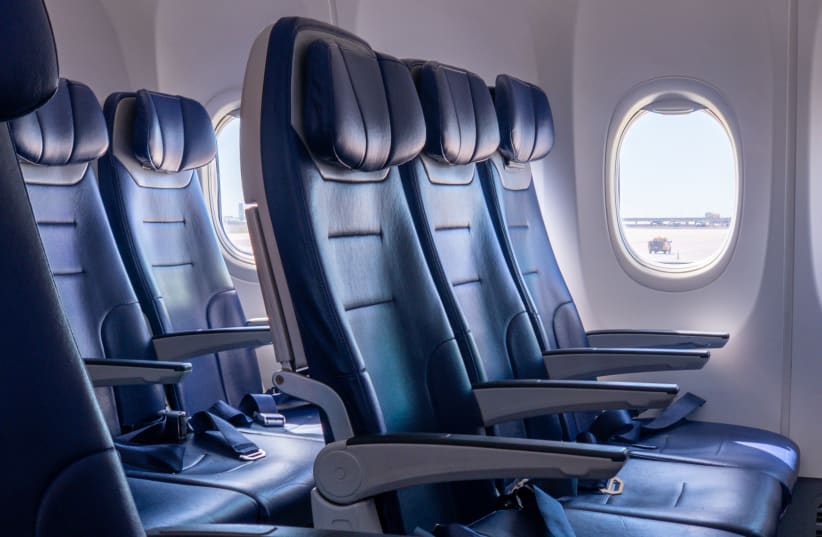While air travel remains safer than driving, accidents can and do occur, though serious crashes are exceedingly rare. Still, it's important to note that in most major aviation disasters, survival is unlikely.
The recent Air India crash has reignited public debate about air safety and whether some passengers are more likely to survive than others, depending on their seat location.
What was once the stuff of myth or guesswork is now supported by decades of data. Detailed analyses of multiple aviation incidents have produced clearer answers to an age-old question: Can your seat improve your odds?
A better chance at survival
According to a TIME Magazine report drawing on data from the Federal Aviation Administration (FAA) and the National Transportation Safety Board (NTSB), one trend is clear: the farther back you sit, the greater your chance of surviving a crash.
A study of 17 fatal crashes between 1985 and 2000 found that passengers seated behind the wing had a survival rate of 68%, compared to 61% for those seated over the wing, and 62% for those in the front section near the cockpit.
This difference is largely due to the physical dynamics of a crash. In most cases, the front of the aircraft is the first to strike the ground—hardly surprising since it's the forward-facing section during flight.
A 2012 Discovery Channel experiment confirmed these findings. As part of a documentary project, researchers deliberately crashed an unmanned plane in Mexico’s Sonoran Desert. The aircraft went down nose-first, with the tail section remaining mostly intact. Cameras onboard showed that passengers in the rear had a significantly higher chance of surviving the initial impact.
Sitting near emergency exits
It’s not just the front-to-back seat position that matters. Aisle vs window seats can also make a difference. A 2008 study by the University of Greenwich in the US found that passengers sitting near emergency exits had significantly higher survival chances, especially in cases involving fire or the need for quick evacuation.
The reason is straightforward: passengers seated closer to an exit can escape more quickly. In a 2008 British Airways crash in London, for example, passengers had just 90 seconds to evacuate as flames spread. Those seated two or three seats from an exit had the best chances of getting out safely.
Type of crash is a major factor
Of course, it’s not just about where you sit. The type of crash is also a major factor. A midair explosion, a skid on the runway, or a controlled water landing each presents different survival scenarios. In the case of United Airlines Flight 232 in 1989—which crash-landed in Iowa after total engine failure—184 of the 296 people onboard survived. Interestingly, many survivors were seated in the center of the aircraft.
Passenger behavior also plays a key role. Wearing a seatbelt, locating emergency exits in advance, following crew instructions, and staying calm can mean the difference between life and death.
So what about window seats? Are they safer than aisle seats? Statistically, there’s no clear answer. In side-impact crashes, interior seats may offer slightly more protection. But in emergency evacuations, being in the aisle makes it easier to stand up and exit quickly.
And business or first class? While these cabins offer more space and comfort, they’re often located near the front of the plane, precisely where impact risk is highest. That said, the additional legroom may facilitate quicker movement in an evacuation.
Interestingly, seats near the restrooms or those that don’t recline tend to be associated with increased passenger anxiety. This could be due to discomfort or a lack of visibility, both of which can heighten panic in an emergency.
Seat location matters
Seat location does matter in a crash, especially if you’re in the rear or close to an emergency exit. However, since plane crashes are exceedingly rare, aviation experts still recommend choosing your seat based on comfort, legroom, restroom access, or quick exit preferences, rather than fear.
As the statistics make clear, the odds of dying in a plane crash are less than 1 in 11 million. So, next time you're picking a seat, it might be better to focus on the view out the window, your favorite drink, or what movie to watch, rather than the crash scenario.

